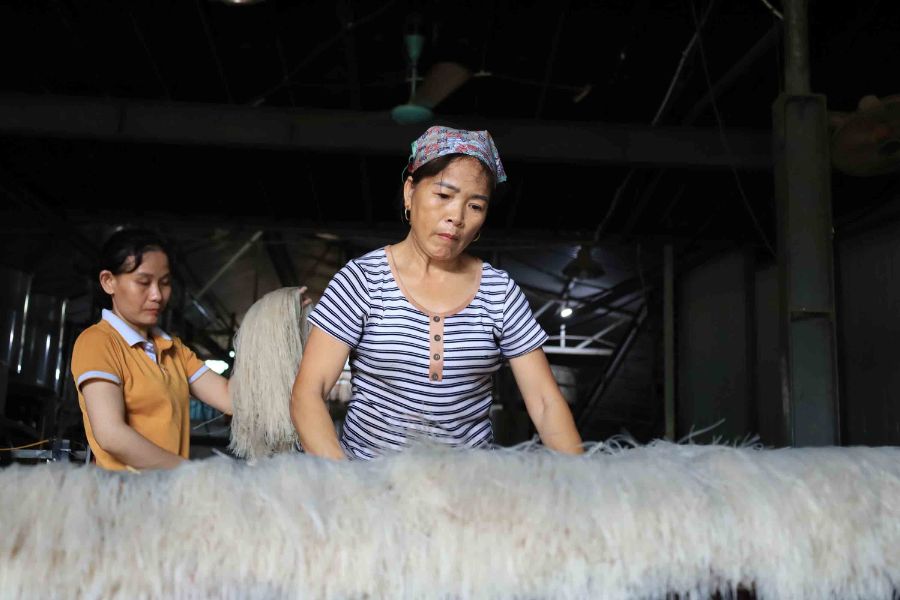Tucked away among the emerald hills of Quoc Oai District, about 30 kilometers from Hanoi, lies a tranquil corner of Vietnam where time moves at its own pace. This is So vermicelli village, a centuries-old community that has turned the humble arrowroot into something extraordinary - the silky, transparent noodles that locals lovingly call mien dong.
For over ten centuries, the people of So Village have kept alive an art that’s as delicate as it is enduring. The village isn’t just a place where noodles are made - it’s a place where heritage is kneaded, washed, and dried under the golden sun.
A Village Blessed by Nature
So Village is embraced by four green mountains, blanketed with trees and blessed with a constant source of pure water from an ancient well carved deep into the red laterite earth. Locals often say that this sweet, mineral-rich water is the secret behind their noodles’ signature clarity and springy texture.
When you walk through So Village, you’ll see sheets of translucent noodles glistening in the sunlight, stretched out like ribbons on bamboo racks. The air smells faintly of starch and earth - a scent that, for the villagers, means both tradition and livelihood.
A Craft Rooted in Centuries of Pride
According to village elders, the art of making glass noodles has existed here for more than a thousand years. It’s so deeply woven into their identity that a local proverb goes:
“A banquet without So noodles is never truly complete.”
From generation to generation, families in So Village have passed down not only recipes, but also the spirit of craftsmanship - the patience to wash the starch three times, the precision to control heat when steaming the batter, and the intuition to know when the noodles have dried just enough to curl softly under the sun.
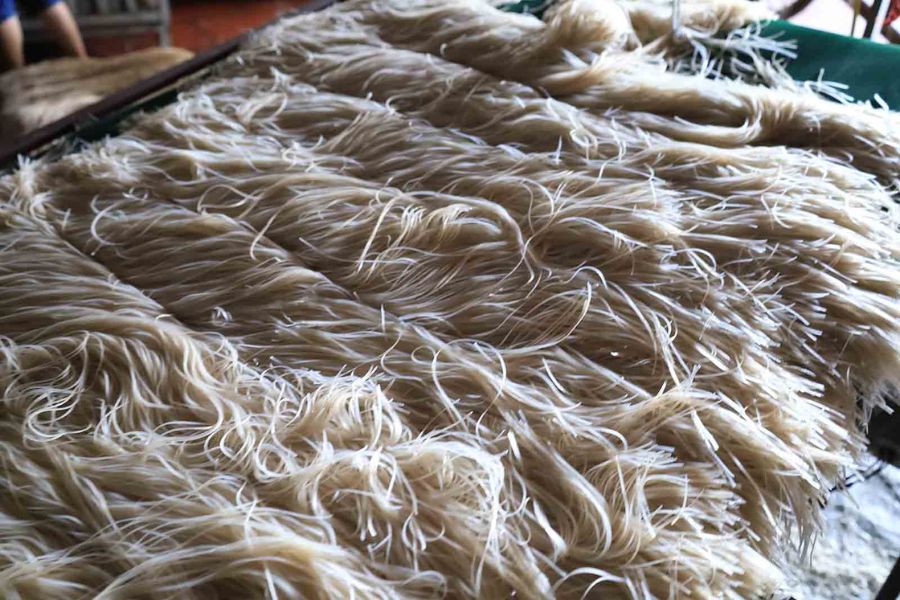
100% of the vermicelli is made from arrowroot starch, carefully cultivated and processed by the local villagers.
From Arrowroot to Art
The beauty of So vermicelli lies in its simplicity. Every strand begins with arrowroot - a tough, fibrous plant that thrives in Vietnam’s fertile soil. The best roots are harvested when they’re mature and rich in starch. They’re carefully washed, ground into fine powder, and then soaked and rinsed multiple times until the water runs crystal clear.
This process isn’t just about cleaning; it’s about purifying. Removing every speck of residue means the noodles will shimmer like glass once cooked.
After that, the starch is transformed into a thin batter and poured over steaming trays to form delicate sheets. Once dried, these sheets are cut into thin strands - soft, translucent, and irresistibly chewy.
Modern machines have made the work lighter, but the villagers still rely on the same careful steps their ancestors perfected long ago. It’s a marriage of tradition and technology - efficiency without losing authenticity.
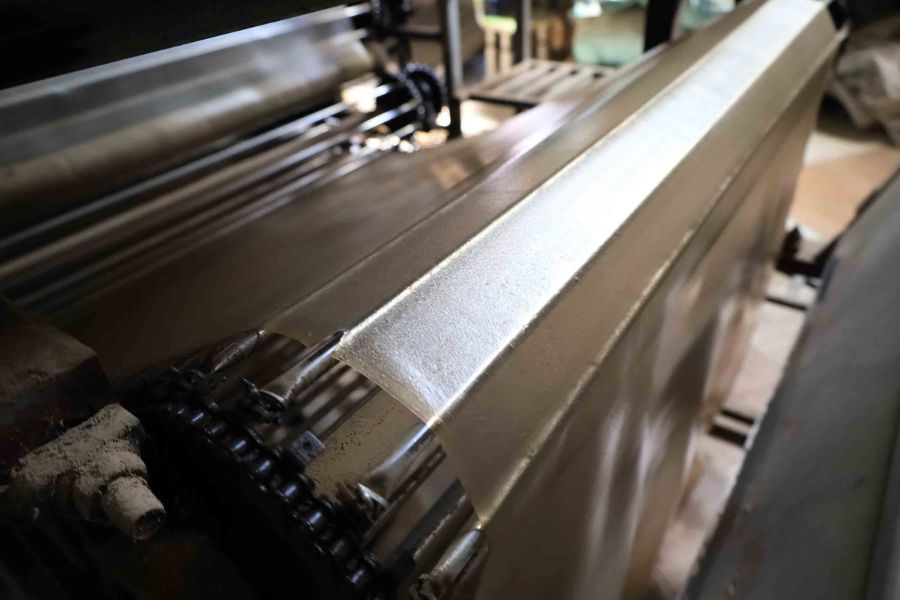
The locals have applied modern technology to the production of arrowroot vermicelli.
The Rhythm of Life in So Village
Step into So Village in the early morning and you’ll see the entire village come alive. Steam rises from the noodle workshops, mingling with mist drifting down from the mountains. Elders tend to the drying racks, while younger generations handle packaging and quality checks.
Each day, So Viilage produces around four to five tons of vermicelli - all clean, fresh, and ready to travel across Vietnam and beyond. During the weeks before Tet (Lunar New Year), production doubles, and the entire community hums with excitement. Trucks roll in and out, carrying bundles of noodles wrapped neatly in paper, heading toward bustling city markets.
But even with this scale, So Village has never lost its heartfelt connection to craftsmanship. Every family here takes pride in their noodles - not as a product, but as a piece of their ancestry.
Sustainability and Cultural Heritage
The local government of Cong Hoa Commune, together with Quoc Oai District authorities, organizes regular training sessions to ensure hygiene, safety, and quality. Thanks to these efforts, So vermicelli was officially recognized as an OCOP 4-star product in 2024 - a certification celebrating both quality and heritage.
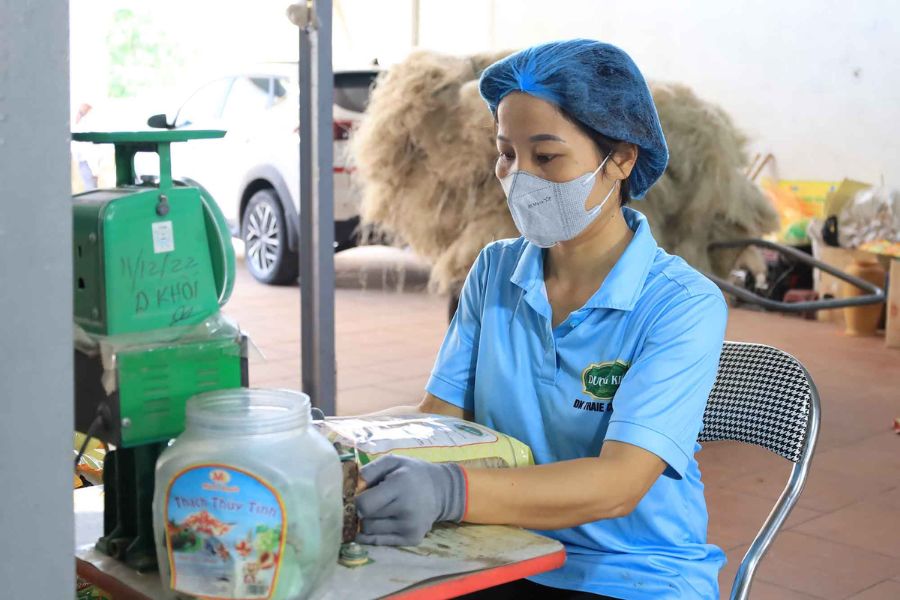
This achievement isn’t just a label. It’s proof that even in a modern, fast-paced world, traditional villages can survive - and thrive - when they stay true to their roots.
A Taste That Connects Generations
So vermicelli isn’t just a dish - it’s a memory woven into Vietnamese family traditions. You’ll find it on festive tables, in bowls of chicken soup (mien ga), or stir-fried with crab and mushrooms during New Year celebrations.
Each strand carries the warmth of home, the patience of artisans, and the purity of nature. It’s food that feeds the body - and honors the past.
For international travelers looking to experience the authentic soul of Vietnam, visiting a place like So Village is more than sightseeing. It’s a quiet reminder that the best stories are found not in luxury resorts, but in the humble rhythm of local life - where people work with their hands and their hearts in perfect harmony.
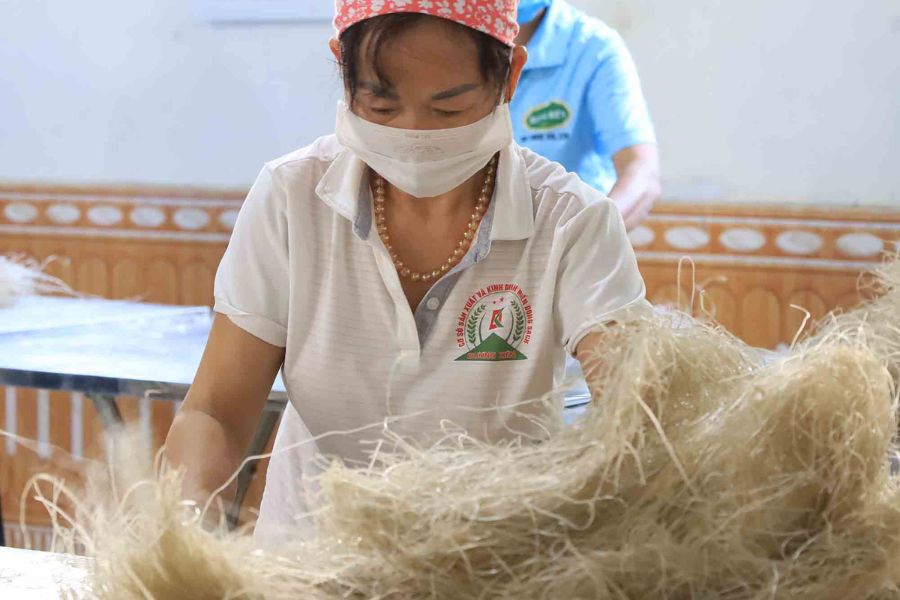
Vermicelli production provides local people with a stable income and contributes to preserving and promoting the village’s traditional culture.
Experience Vietnam’s Living Heritage - So Vermicelli Village
So Village may not be as famous as Hanoi’s Old Quarter or Halong Bay, but it embodies the very essence of what makes Vietnam unforgettable - resilience, creativity, and soul. Watching the noodles shimmer under the sun, you can feel the connection between earth, water, and generations of human care.
If you’re planning a trip that goes beyond postcard beauty, include a visit to So Village or other craft villages near Hanoi in your itinerary. They offer not just food, but stories you can taste.
For more immersive cultural journeys across the country, explore our Vietnam vacation packages - and discover where tradition and modern life intertwine to create experiences you’ll never forget.

